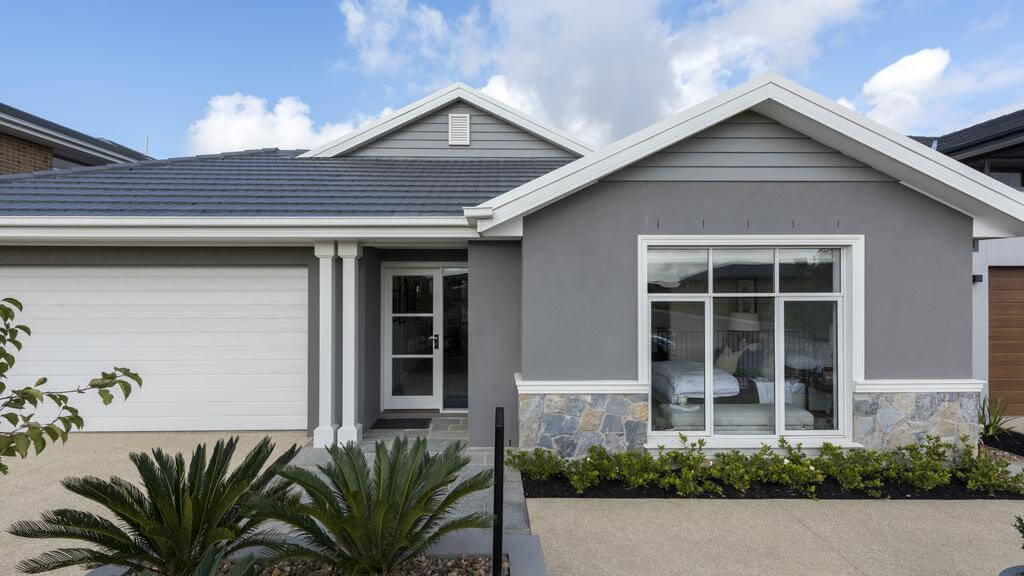Inspecting a display home is one of the best ways to see how well the finished product looks. Of course, just because the display house looks terrific and is all decked out with the newest trending appliances and furniture does not mean it is the perfect style and type of home for your specific needs.
Granted, a display home is mainly used as a visual aid to show what you can expect if you go through that particular builder. Or if you plan to live in a home built in a neighborhood similar to each other, you will know what to expect.
When you are planning on buying a home in any of these circumstances, there are 10 things to look out for when inspecting a display home. Ones that can make a significant difference in your final decision of moving forward or looking elsewhere.
- Checklist – Before going to a display house, take the time to make up a checklist of everything you will be looking for. It is extremely easy to forget things while in the middle of the home because the excitement may overwhelm you. Follow the list and check off everything once you have verified it.
- Time To Visit – Sit down with your family and figure out when the best time would be, as a family, to go look at the display house. Everyone in the family is involved in the move, so they should all be able to go with you on the walk-through.
- Outer Design – When you first pull up to the display home, stop and see how it looks to you from the outside. This will be your first impression, and everybody else’s, so if it does not look good to you from the start, it may not be worth looking inside.
- Inside Design – If you made it past the exterior design, as soon as you walk into the home, look at the design of the interior. Once again, it will strike you as great or horrible, leading you to decide based on eye appeal.
- Layout – The layout of the display model needs to meet your expectations and needs. For example, if you love to cook, the kitchen must be big enough to accommodate that. If you like to entertain, a good-sized room must be a part of the layout unless you spend all your time outside.
- Quality – As you walk through the display home, pay close attention to the quality of the materials and construction. Scan over the main sections of the interior, but also check into the small corners and joints to see how well things have been lined up.
- Inclusions – The display home will be built with all the extras simply to impress you and the others walking through. Find out what the base house comes with and what are added-on items that would cost you more money than planned. Remove all the exclusions in your head and picture your stuff in place of it. Figure out a design and make sure that your things will look just as good, or better, in each room.
- Ask Questions – Along with the list of things you were looking for, you should have a list of questions you want to ask. Plus, as you walk through, other queries may come up. Never be afraid to ask your questions because the more enlightened you are, the better the decision will be when you make it.
- Budget – Now that you know if the home would work for you, it is time to go over the pre-financing that you received from your lender and see if the display model would be within your range. Plus, you need to verify, on your budget, that you can afford to pay for it. If you do not have a budget made up, download a free template and get one made up.
- Fun – You want to approach the viewing with a purpose, but have some fun while doing it. This is an exciting time for you and your family, so let it out. You will not want to do anything that could damage the home, so think about what you are doing before you do it. If you cannot have fun in the house from the start, it may not be the right one for you.
Walking through a display house is the absolute best way to see what you will be getting yourself into. You will know what to expect from the craftsmanship, the neighborhood, and the home’s usability.
It is great to be able to build your own blueprints to suit your needs, but you never truly know how that house will work for you and your family once it is made. A model home will allow you to take the place for a test run without footing the bill for the build.

